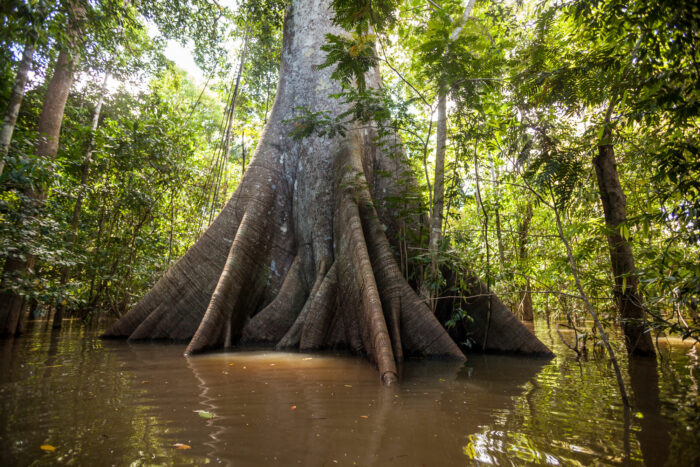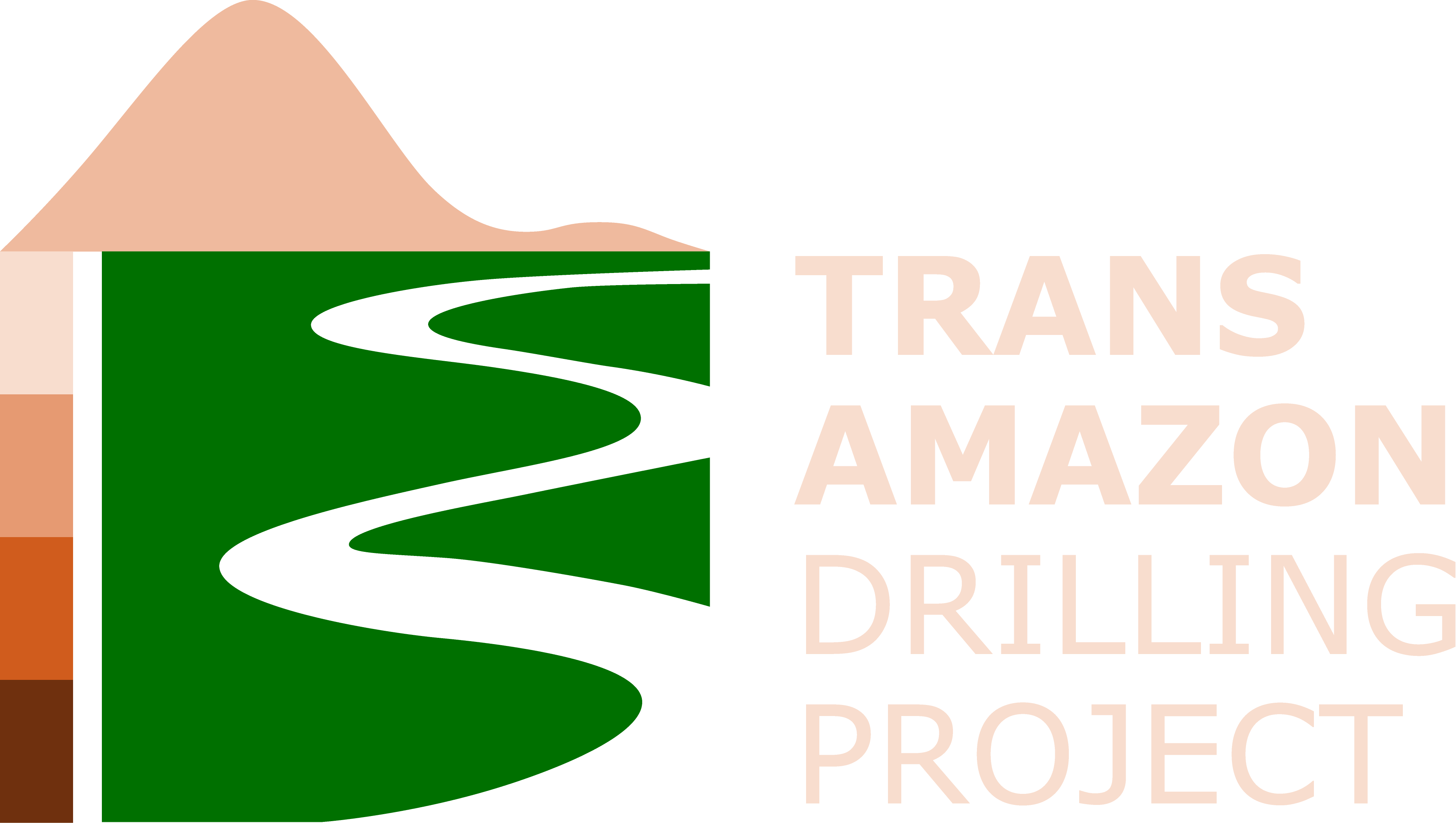Trans-Amazon Drilling Project
Origin and evolution of the forests, climate and hydrology of the South American tropics
The Croa River. Photo by Carlos Mazoca
The Project
Brazil holds a large portion of the diversity of biomes, hydrographic basins, animal and climatological species distributed throughout the national territory. The Amazon rainforest is a crucial part for the distribution of atmospheric moisture in South America and its evolution over the years is the source of several studies, thus encouraging the creation of the Trans-Amazon Drilling Project – TADP (Trans-Amazon Drilling Project) a broad research program organized to study the origin and evolution of the Amazon, carried out by the International Continental Scientific Drilling Program (ICDP), which aims to answer some questions that can only be answered through drilling that access the Cenozoic history of the Amazon, recorded in sediments from continental and oceanic areas. This will be the first time that the Cenozoic sedimentary strata of Amazonia will be drilled and sampled continuously through cores for scientific purposes.
The Main Question
The Trans-Amazon Drilling Project (TADP) is an international collaborative research initiative to address the geologic, climate and biologic histories of the Amazon biome and the role of the Central Atlantic Magmatic Province (CAMP) in the end-Triassic biotic mass extinction. The TADP is supported by the International Continental Scientific Drilling Program (ICDP) and International Ocean Discovery Program (IODP). The research questions that motivate the TADP can only be addressed by drilling in selected onshore and offshore sites along a transect crossing the entire Amazon in Brazil, from the Acre basin to the equatorial Atlantic.

The fundamental question about the origin and evolution of the Amazon addressed by the TADP is:
How did Cenozoic geologic and climatic history, including uplift of the Andes and development of the Amazon fluvial system, influenced the origins of the Amazon rainforest and its incomparable biodiversity?
The overarching goals of this project are to:
● use palynological data to document the assembly of Amazon plant composition and diversity across the Amazon basin throughout the entire history of angiosperm-dominated megathermal forests,
● integrate the temporal and spatial history of Amazonian plant evolution with two vertebrate groups well-documented by phylogenetic and biogeographic data, birds and primates
● reconstruct the correlative and possible causative changes in the physical environment, including climate, tectonism, landscape change, and paleoceanographic forcing (IODP drilling), and
● characterize the subsurface microbial life and estimate the subsurface production and consumption of methane (CH4) and carbon dioxide (CO2).






